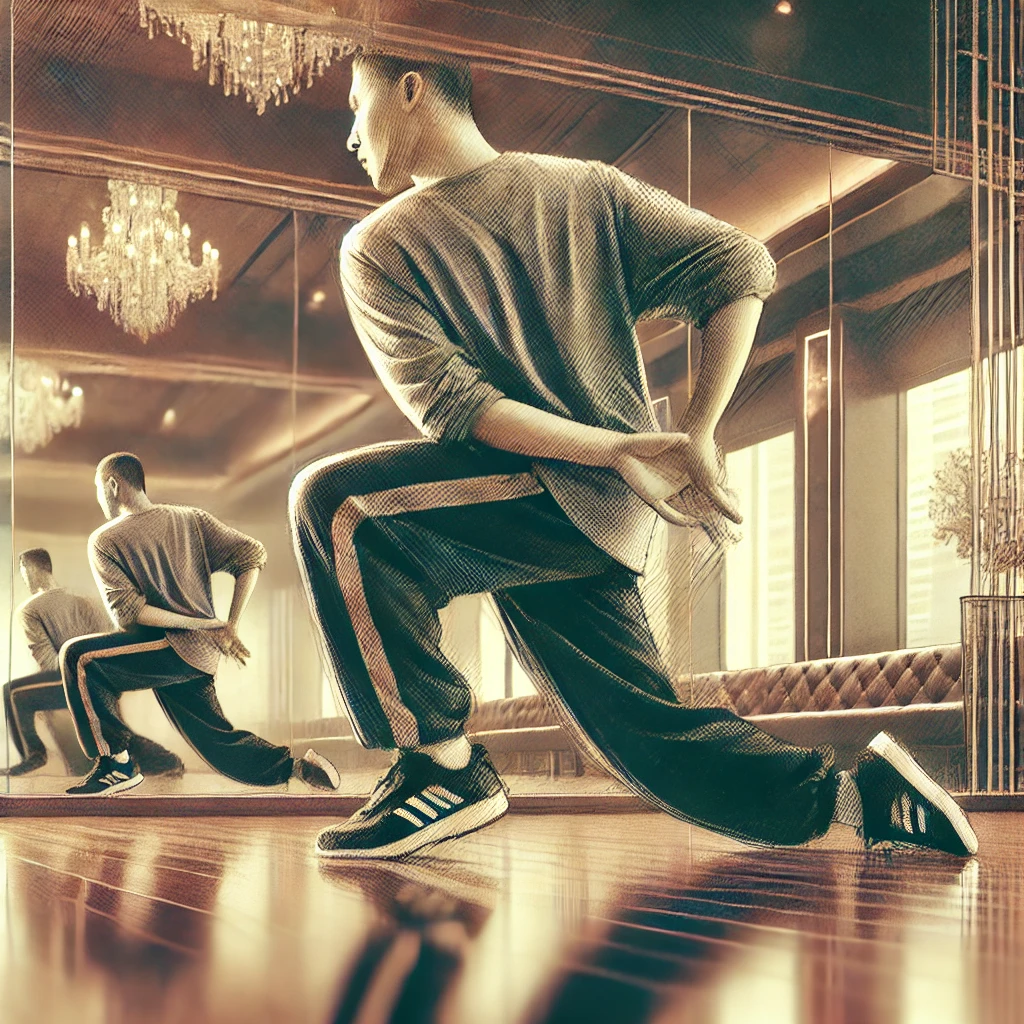Image Credit: GetyImage
The small of the back, a region that plays a pivotal role in the complex structure of the human body, is often overshadowed by discussions focusing on broader back issues. Yet, its significance cannot be overstated, as it supports much of the body’s weight, aids in movement, and serves as a key point for both physical support and experiencing discomfort or pain. This area, nestled between the lower ribs and the pelvis, is central to our ability to perform daily activities with ease and efficiency. Understanding the functions and care of the small of the back is instrumental in maintaining overall spinal health and preventing common issues such as back pain, discomfort, and pressure-related ailments.
This article delves into the anatomy of the small of the back, highlighting its relevance to the body’s overall posture, alignment, and movement. Readers will gain insights on how to properly care for this critical area through preventative measures, exercises, and remedies designed to alleviate pain and enhance mobility. Additionally, the piece will explore strategies for managing pain and discomfort specific to the lower back, integrating personal stories and experiences to illustrate the impact of effective care practices. By providing a comprehensive guide on the small of the back, this article aims to empower readers with knowledge and tools for improving their spinal health and achieving relief from chronic discomfort and sharp pain associated with this sensitive area.
Table of Contents
ToggleUnderstanding the Small of the Back
Anatomical Perspective
The spine, a crucial bone structure, extends from the base of the skull to the lower back, encompassing 33 stacked vertebrae that form the spinal canal. This canal serves as a protective tunnel for the spinal cord and nerves, safeguarding them from injury. The vertebrae are linked by facet joints with cartilage allowing flexibility, and intervertebral disks act as shock absorbers, cushioning the vertebrae during movement. The lumbar spine, specifically, bears the brunt of the body’s weight and stress, especially during lifting and carrying activities.
Function and Role
The spinal cord is a vital column of nerves extending from the skull to the lower back, facilitating communication between the brain and the body, essential for movement and organ function. Surrounding muscles, including the paraspinal muscles, support spinal movement and stability. These muscles can experience spasms, often as a reflex to protect an injured area, which can lead to discomfort due to the buildup of lactic acid. Understanding these functions and the anatomy of the lower spine is crucial for effective communication with healthcare providers when addressing back pain and maintaining overall spinal health.
How to Care for the Small of the Back
Posture Tips
Maintaining good posture is crucial for the health of the small of the back. Individuals should avoid rounding their shoulders, slouching, or bending sideways while standing. When sitting, especially for prolonged periods, it is important to support the back with a quality chair that maintains the knees slightly higher than the hips. This alignment helps protect the intricate structures of the spine, ensuring they function properly and remain healthy.
Daily Habits for a Healthy Back
Incorporating simple daily habits can significantly improve back health. Regular strength-training focused on core muscles reduces the risk of back-related injuries and enhances flexibility. Additionally, adopting a habit of moving around frequently throughout the day aids in alleviating pressure on the spine and improves circulation, which can prevent discomfort and strains. For those who stand for long durations, shifting weight between feet or using a low stool can help maintain proper spinal alignment and reduce stress on the back.
Managing Pain and Discomfort
Home Remedies
Many individuals experience relief from back pain through home remedies. Simple measures like applying heat or cold packs can significantly reduce inflammation and soothe pain. For acute injuries, ice packs are recommended to decrease swelling, while chronic aches benefit from the warmth of a heat pad, which promotes blood flow and healing. Regular physical activity, such as walking or swimming, helps maintain back health and prevent future episodes. Additionally, over-the-counter pain relief creams and gentle stretches can provide immediate alleviation of symptoms.
When to See a Doctor
Back pain that persists beyond a few weeks or worsens over time warrants professional medical evaluation. It’s crucial to consult a healthcare provider if the pain is severe, spreads down the legs, or is accompanied by numbness, tingling, or weakness. These symptoms could indicate underlying conditions like sciatica or nerve damage that require prompt treatment. Furthermore, sudden back pain following an injury, unexplained weight loss, or changes in bladder or bowel function are serious signs that need immediate attention to prevent long-term damage.
Personal Stories and Experiences
Real-Life Pain Management Stories
Catherine Buntaine’s journey with back pain highlights the importance of accurate diagnosis and personalized treatment. After years of unexplained pain, Dr. Barreveld identified her sacroiliac joint as the culprit, providing relief through targeted steroid injections. Catherine’s experience underscores the significance of understanding the physical aspects of pain and the benefits of consistent, specialized care.
Dennis Bassett’s story reflects the challenges of chronic back pain and the trial-and-error nature of finding effective treatments. From physical therapy to nerve blockers, his path demonstrates the perseverance required to manage pain and improve quality of life, highlighting the potential of innovative treatments like the Reactiv8 device that significantly improved his mobility and daily activities.
Emotional Impact
The psychological toll of chronic back pain is profound, as illustrated by the experiences of individuals who suffer from it. The interplay between mental health and physical pain is evident, with conditions like anxiety and depression often exacerbating the physical symptoms. This dual burden can lead to a decreased quality of life, as emotional distress amplifies the pain experience, making management and recovery even more challenging.
These personal stories not only provide insight into the struggles faced by those with back pain but also emphasize the importance of comprehensive approaches that address both the physical and emotional aspects of pain management.
Conclusion
Throughout this exploration of the small of the back, we’ve traversed its anatomical significance, functions, and the paramount importance of care to prevent and manage lower back pain. The discussions have underlined how proper posture, regular movement, and specific exercises are fundamental in maintaining spinal health and alleviating discomfort. Emphasizing the lumbar spine’s role in our daily activities has provided a deeper understanding of its impact on overall well-being and the importance of adopting practices that support this crucial part of the body.
Reflecting on the personal stories shared, it becomes evident that dealing with back pain is a multifaceted journey that requires patience, knowledge, and the right interventions. Whether through home remedies, professional medical advice, or therapeutic exercises, the pathways to relieving pain and enhancing mobility are diverse. These narratives not only illuminate the challenges faced by individuals but also highlight the resilience and potential for improvement, underscoring the message that careful attention to the small of the back is integral to leading a pain-free and active life.
FAQs
What is the term used to describe the lower portion of the spine? The lower portion of the spine is commonly known as the lumbar spine. This area typically consists of five vertebrae, although it is not unusual for some individuals to have six lumbar vertebrae. The presence of an extra vertebra generally does not lead to any health issues. Below this section is the sacrum.
Where is the small of the back located? The small of the back refers to the slender area at the waist. This term originates from the older meaning of “small,” which implies being narrow or having limited width in comparison to its length.
What does the phrase “the small of the back” refer to? The phrase “the small of the back” specifically points to the lower back area, situated just above the buttocks. This part of the back is where the spine naturally curves inward towards the tailbone, and it is recognized as a particularly sensitive and susceptible region.
Can you pinpoint the location of the small of your back? The small of your back, or the lumbar spine, is anatomically located between the lowest rib and the top part of the buttocks. This area is crucial for understanding various aspects of lower back health.





One Comment